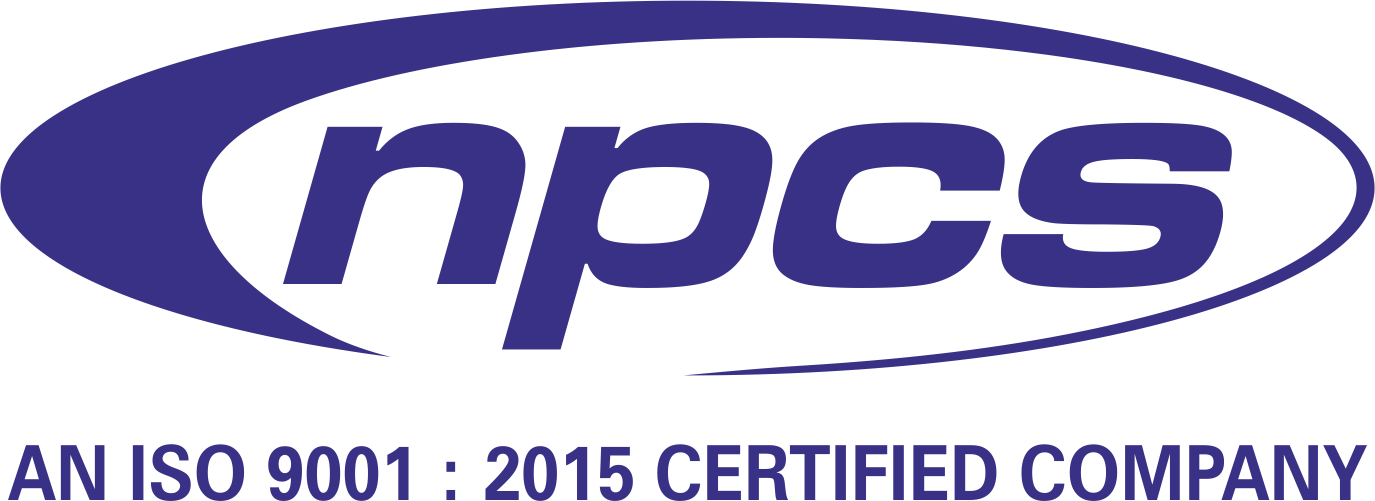The pharmaceutical industry relies heavily on specialized raw materials known as fine chemicals. These substances, often manufactured in limited volumes with high purity, form the backbone of Active Pharmaceutical Ingredients (APIs) used in the creation of life-saving medications. With increased emphasis on precision medicine, generics, and biopharmaceuticals, the demand for high-quality Pharma Fine Chemicals has never been greater. These chemicals are engineered through complex synthesis processes under strict quality control, ensuring safety, efficacy, and reproducibility in drug formulations.
See Also: 50 Profitable Projects
Importance and Classification of Pharma Fine Chemicals
Pharma Fine Chemicals are not just ordinary industrial compounds; they are highly refined materials often produced in batches, customized to meet stringent pharmaceutical specifications. These chemicals can be broadly classified into two categories: building blocks and active agents. The former includes reagents, intermediates, and catalysts, while the latter encompasses APIs and key starting materials (KSMs).
The synthesis of Pharma Fine Chemicals often involves multi-step organic transformations, crystallization, and purification. Manufacturers must adhere to regulatory standards such as ICH guidelines, Good Manufacturing Practices (GMP), and the U.S. FDA’s Current Good Manufacturing Practices (cGMP). This ensures traceability, reproducibility, and safety throughout the production process.
Furthermore, global pharmaceutical companies depend on a well-maintained directory of fine chemical suppliers to streamline their sourcing and reduce risks in their supply chains. Below is a categorized directory of some of the most commonly used Pharma Fine Chemicals, highlighting their applications and significance.
Directory of Common Pharma Fine Chemicals (APIs & Intermediates)
Acetazolamide
-
-
Category: Diuretic/Anti-glaucoma
-
Application: Treatment of glaucoma, epilepsy, and altitude sickness.
-
Remarks: Inhibits carbonic anhydrase enzyme.
-
Acyclovir
-
-
Category: Antiviral
-
Application: Used against herpes simplex virus and varicella-zoster.
-
Remarks: Nucleoside analogue disrupting viral DNA replication.
-
Albendazole
-
-
Category: Anthelmintic
-
Application: Treatment for worm infestations like hydatid disease.
-
Remarks: Broad-spectrum anti-parasitic agent.
-
7-Aminocephalosporanic Acid (7-ACA)
-
-
Category: Intermediate for cephalosporins
-
Application: Precursor to several ?-lactam antibiotics.
-
Remarks: Essential for semi-synthetic antibiotic manufacturing.
-
Amitriptyline Hydrochloride
-
-
Category: Antidepressant (TCA)
-
Application: Depression, migraines, chronic pain.
-
Remarks: Tricyclic compound; modulates neurotransmitters.
-
Ampicillin Trihydrate
-
-
Category: Antibiotic (Penicillin group)
-
Application: Respiratory and urinary tract infections.
-
Remarks: Broad-spectrum ?-lactam antibiotic.
-
Amoxicillin Sodium
-
-
Category: Antibiotic
-
Application: Widely used for ENT, dental, and GI infections.
-
Remarks: Acid-stable and orally bioavailable.
-
Amiodarone Hydrochloride
-
-
Category: Antiarrhythmic
-
Application: Treatment of irregular heartbeats.
-
Remarks: Has both atrial and ventricular effects.
-
Berberine Hydrochloride
-
-
Category: Alkaloid
-
Application: Antibacterial, anti-inflammatory, antidiabetic.
-
Remarks: Plant-derived, showing potential in modern therapeutics.
-
Carbamazepine
-
-
Category: Anticonvulsant
-
Application: Epilepsy, bipolar disorder, trigeminal neuralgia.
-
Remarks: Blocks sodium channels in neurons.
-
DHEA (Dehydroepiandrosterone)
-
-
Category: Hormonal intermediate
-
Application: Supplements for hormonal disorders and aging.
-
Remarks: Precursor for sex hormones.
-
Fluoxetine Hydrochloride
-
-
Category: SSRI Antidepressant
-
Application: Depression, OCD, anxiety.
-
Remarks: First selective serotonin reuptake inhibitor (SSRI).
-
Hydrocortisone
-
-
Category: Corticosteroid
-
Application: Inflammation, autoimmune diseases, hormone replacement.
-
Remarks: Mimics the hormone cortisol.
-
Isosorbide Dinitrate
-
-
Category: Vasodilator
-
Application: Angina and heart failure.
-
Remarks: Relaxes blood vessels, reduces cardiac workload.
-
Levocetirizine Dihydrochloride
-
-
Category: Antihistamine
-
Application: Allergic rhinitis, urticaria.
-
Remarks: Non-sedating, selective H1 receptor antagonist.
-
Metformin Hydrochloride
-
-
Category: Antidiabetic
-
Application: Type 2 diabetes mellitus.
-
Remarks: Reduces glucose production in the liver.
-
Nifedipine
-
-
Category: Calcium channel blocker
-
Application: Hypertension and angina.
-
Remarks: Works by relaxing blood vessels.
-
Ofloxacin
-
-
Category: Antibiotic (Fluoroquinolone)
-
Application: Bacterial infections including STDs.
-
Remarks: Broad-spectrum DNA-gyrase inhibitor.
-
Pantoprazole Sodium Sesquihydrate
-
-
Category: Proton pump inhibitor (PPI)
-
Application: Acid reflux, ulcers.
-
Remarks: Inhibits stomach acid secretion.
-
Ranitidine Hydrochloride (Note: restricted in some countries)
-
-
Category: H2 blocker
-
Application: Acid reflux, ulcers.
-
Remarks: Now under review due to nitrosamine concerns.
-
Emerging Trends in Pharma Fine Chemicals
In recent years, Pharma Fine Chemicals have expanded beyond synthetic organic compounds to include peptides, oligonucleotides, biosimilars, and cell culture media. The increasing demand for precision medicine has triggered innovation in chemical processes like biocatalysis and continuous flow chemistry.
Sustainability and green chemistry have also become integral to fine chemical manufacturing. Regulatory bodies now expect environmental compliance, minimized solvent usage, and energy efficiency in production. This has prompted the industry to invest in greener synthetic pathways and recycling strategies.
Furthermore, digital transformation in manufacturing—known as Pharma 4.0—is optimizing the supply chain of Pharma Fine Chemicals through automation, predictive analytics, and AI integration. These smart systems are improving yield, minimizing waste, and ensuring better compliance.
India’s Role in Global Pharma Fine Chemicals Supply
India is one of the top producers and exporters of Pharma Fine Chemicals globally. With a strong base of skilled chemists, affordable production facilities, and evolving regulatory infrastructure, the Indian pharma sector is vital to both generic and branded pharmaceutical markets.
Cities like Hyderabad, Ahmedabad, and Mumbai host numerous bulk drug and API clusters, supporting both domestic and international pharmaceutical giants. Key Indian companies also export intermediates and APIs to the USA, Europe, Japan, and Latin America, often under DMF (Drug Master File) registrations and certifications.
Moreover, with China facing supply-chain scrutiny in recent years, India’s potential as an alternative API hub has grown significantly. The Indian government has also introduced the Production-Linked Incentive (PLI) scheme to promote indigenous manufacturing of key Pharma Fine Chemicals.
Challenges and the Future Outlook
Despite the growth, the pharma fine chemical industry faces hurdles such as:
-
Fluctuating raw material prices
-
Regulatory pressures
-
Environmental concerns
-
Competition from China and other low-cost countries
To overcome these, manufacturers are adopting continuous manufacturing, digital quality assurance, and investing in R&D. The future of Pharma Fine Chemicals lies in high-value synthesis, personalized medicine, and biopharma integration.
Collaborations between academia, CROs (Contract Research Organizations), and CMOs (Contract Manufacturing Organizations) are also on the rise. These partnerships allow faster development cycles, reduced costs, and flexible production capacity.
As global health demands evolve, the role of Pharma Fine Chemicals will only deepen in complexity and value. From curing common infections to aiding in cutting-edge cancer treatments, these critical building blocks form the foundation of tomorrow’s medicines.
See Also: Glass Technology
Conclusion
Pharma Fine Chemicals are essential to the pharmaceutical value chain. Their development, manufacturing, and application demand a deep understanding of chemistry, stringent quality protocols, and global coordination. As technologies evolve and demand rises, the industry must remain agile, sustainable, and compliant to thrive. Whether you’re a manufacturer, distributor, or researcher, staying informed about the trends and listings of these chemicals is critical to navigating the future of pharmaceuticals.






